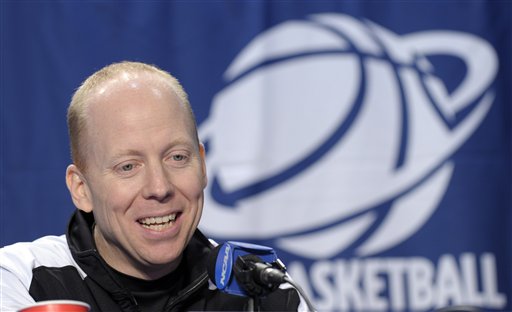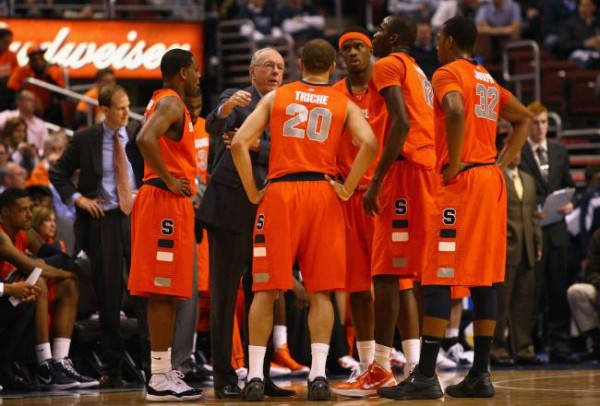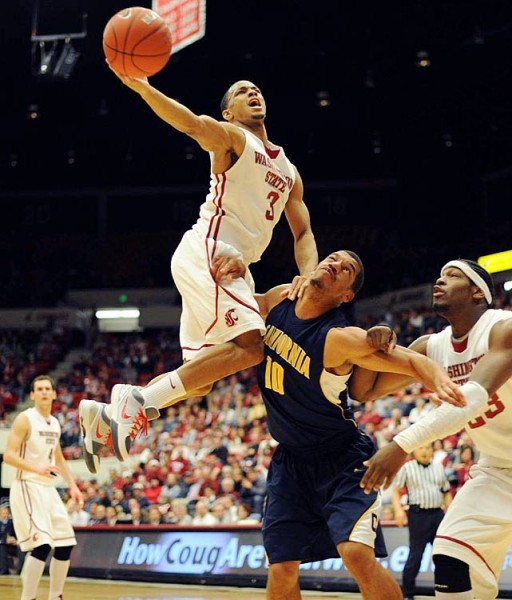Chris Johnson is an RTC Columnist. He can be reached @ChrisDJohnsonn.
There has been no shortage of discussion surrounding the impending basketball decline in the Big East. By now, you’ve surely heard that by 2015, the loaded league we all came to know and love will have lost a sizeable chunk of its upper-echelon talent. I’m talking about Pittsburgh, Syracuse, West Virginia and Notre Dame – four valuable hoops entities who, as is the case with most realignment movement, are chasing more lucrative football-fueled media rights packages (Notre Dame, whose TV contract with NBC is college sports’ most unbreakable bond of broadcast loyalty, is the lone exception). But the Big East itself, the league, the brand, the unit, isn’t going anywhere. Sure, it has settled on some bizarre geographic additions, but Temple and Memphis are valuable upgrades – elite programs that, from a purely basketball-centric perspective, pretty much any league would welcome with open arms. Combined with holdovers Georgetown, Villanova, Marquette, Cincinnati, Louisville and St. Johns, that’s a diverse but promising collection of strong programs. Conference realignment may have staggered the Big East, and it’s unlikely the league will ever regain its status as the nation’s best basketball conference, but the new-look membership is more than passable in the context of power conference hoops. I’d argue it’s still one of the top five leagues in the sport, particularly if SMU’s Larry Brown experiment generates the national attention and relevance that program sorely lacked, and if Central Florida can overcome its NCAA penalties.

With so much turnover in the next few years, Cronin believes the Bearcats are on the rise in the restructured Big East (Photo credit: AP Photo).
For the remaining members, those loyal bystanders who abstained from the massive conference realignment wave, the departures of three historic programs leaves a significant power void at the top of the league’s competitive totem pole. Syracuse, Georgetown, West Virginia and Pittsburgh didn’t just deplete the Big East in the obvious, quantifiable way (the league now has four fewer members). It fundamentally altered the conference’s identity. For decades the Big East served up a steady dose of riveting rivalries, legendary coaches and a unique brand of hard-nosed east coast hoops. The realignment reshuffling has skewed that image, but it also presents a silver lining for the programs who chose to stick around. Cincinnati coach Mick Cronin understands the negative perception hovering around the Big East’s realignment defections, but he sees a rather opportune moment for his program. Long overshadowed by the likes of Syracuse and Pittsburgh and West Virginia, along with a handful of other Big East heavyweights, Cronin sees an opportunity to remold the league’s power structure, with the Bearcats claiming a prime position in the conference hierarchy. SNY.TV, a broadcast affiliate of the storied league, spoke with Cronin over the weekend.
Read the rest of this entry »

















































